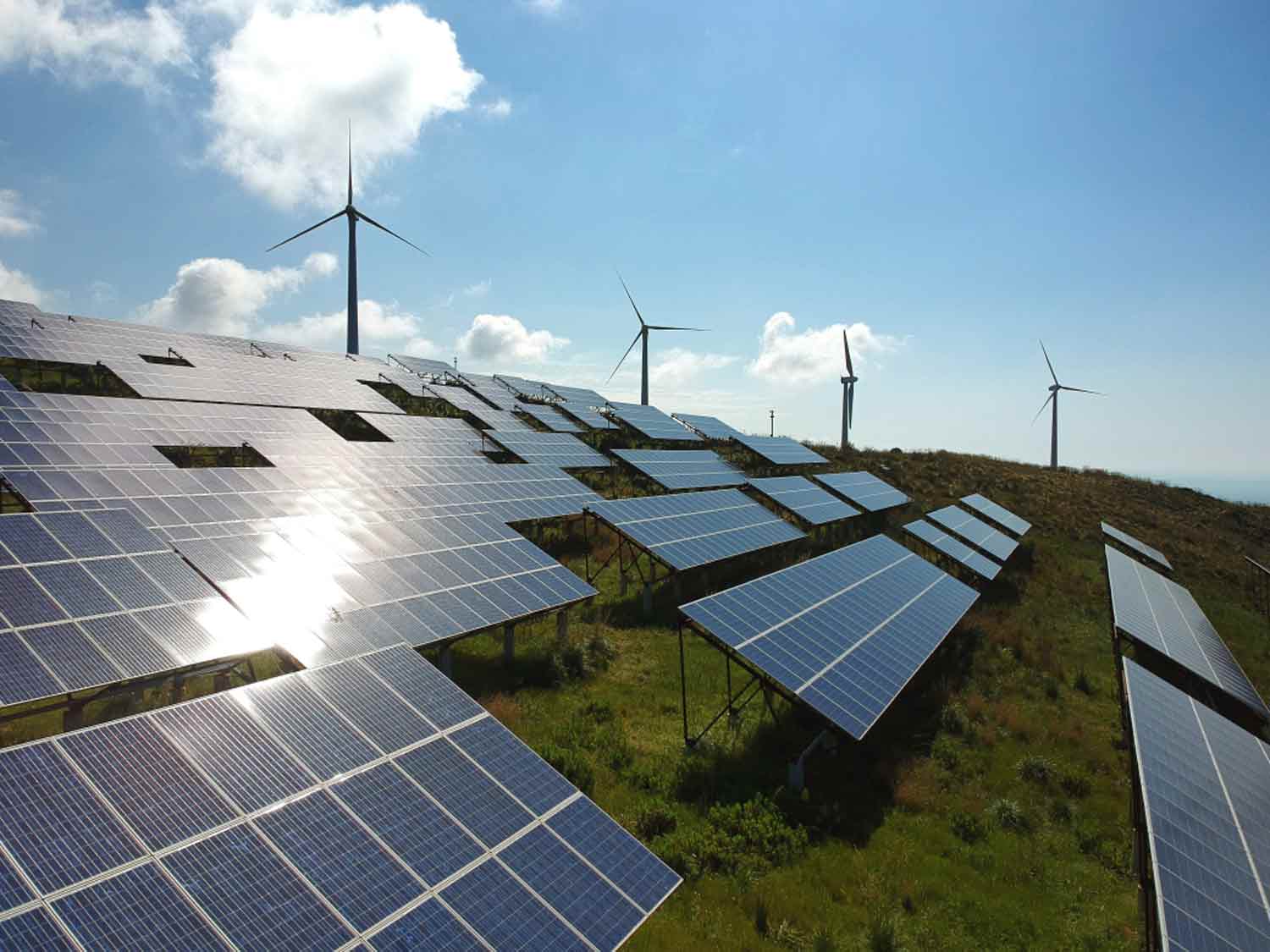As an energy producer, Alpiq is dependent on weather forecasts that are as accurate as possible. This is because the weather has a decisive influence on the production of renewable energy from wind, solar and water. Our meteorologist, Martin Bolliger, recently spoke about this topic at an event organised by MeteoSwiss, the Swiss Federal Office of Meteorology and Climatology. We asked him what is particularly important when making predictions in view of the increasing use of renewable energies that are dependent on the weather.
Martin, I picture meteorologists such as yourself collecting and analysing large amounts of data. What specific data are you working with – and how do you evaluate it for weather forecasts?
Martin Bolliger: That is definitely true to a large extent: collecting, processing and analysing meteorological data from various sources and drawing conclusions relevant to Alpiq is a key part of our work. We are interested in a variety of meteorological parameters, such as temperatures, wind, solar radiation, precipitation, snow and a few more. We are faced with the constant challenge of providing qualitative or quantitative evaluation, so we always try to find top-quality data.

The steady expansion of renewable energies means that weather forecasts are playing an increasingly important role.
What role do weather forecasts play in planning electricity production and consumption here in Switzerland?
The steady expansion of renewable energies means that weather forecasts are playing an increasingly important role. This applies not only to electricity production but also to transmission on the grids. In Switzerland, water availability – i.e. precipitation and snow reserves – and temperatures in terms of power consumption and power production from solar and wind play a role. The import and export network with other countries means it is also important to consider Switzerland’s supply situation in a European context.
Electricity generation from wind power and photovoltaics is considered to fluctuate because it is highly dependent on the weather. To what extent does the use of renewables place special demands on weather forecasts?
That’s exactly right. As electricity generation is becoming more and more local in terms of space – for example, through solar panels on houses – the demands placed on the quality of weather forecasts are constantly increasing. Today, regional weather models have a spatial resolution of one kilometre. In other words, weather phenomena that are very local, such as winter fog in the Swiss Plateau, are a challenge. Then, if less solar power is produced than predicted, this energy has to be produced elsewhere. Another example is what we are seeing more and more of in Germany, where grid bottlenecks are causing wind and solar power generation to be regulated – often at lunchtime. There is simply too much energy in the system. Both examples show that the uncertainty surrounding renewable energy generation means that flexible power production is increasingly in demand. This is where our hydropower and, increasingly, batteries come into play, for example.
How do predictive models using artificial intelligence improve the ability to predict renewable electricity generation?
Predictive models created with artificial intelligence can open up additional possibilities. One of these is by generating weather forecasts in a more cost-effective way compared to numerical weather models – with any number of forecasts. However, AI-based weather models are not yet ready to replace conventional models. At the moment, their predictions are used more as a complementary source of information, but AI model development is in full swing and we are closely monitoring its development.
